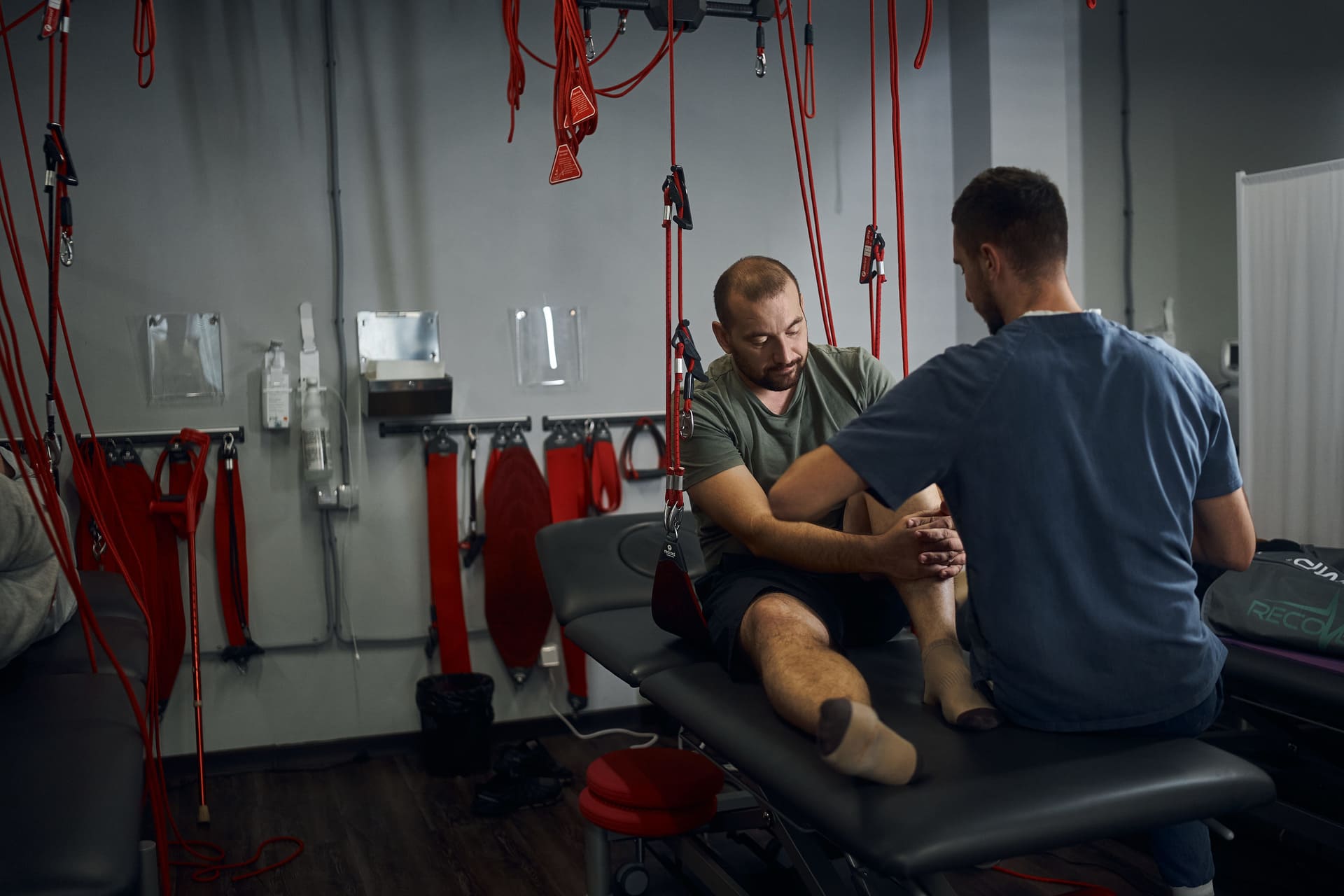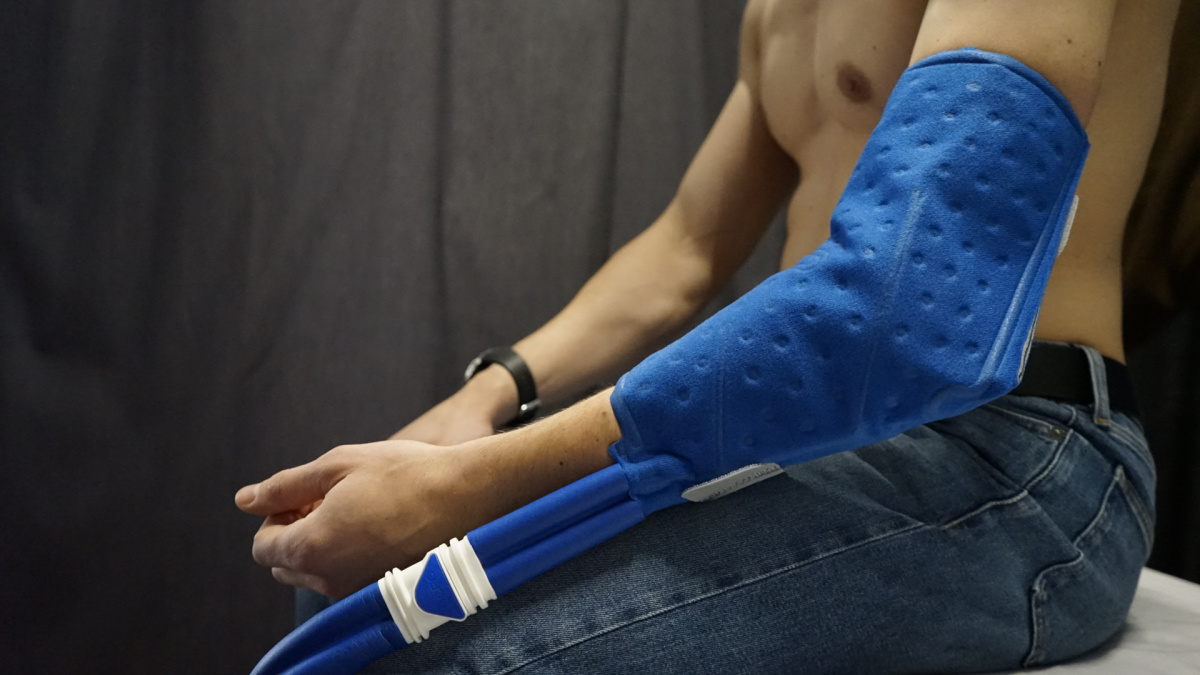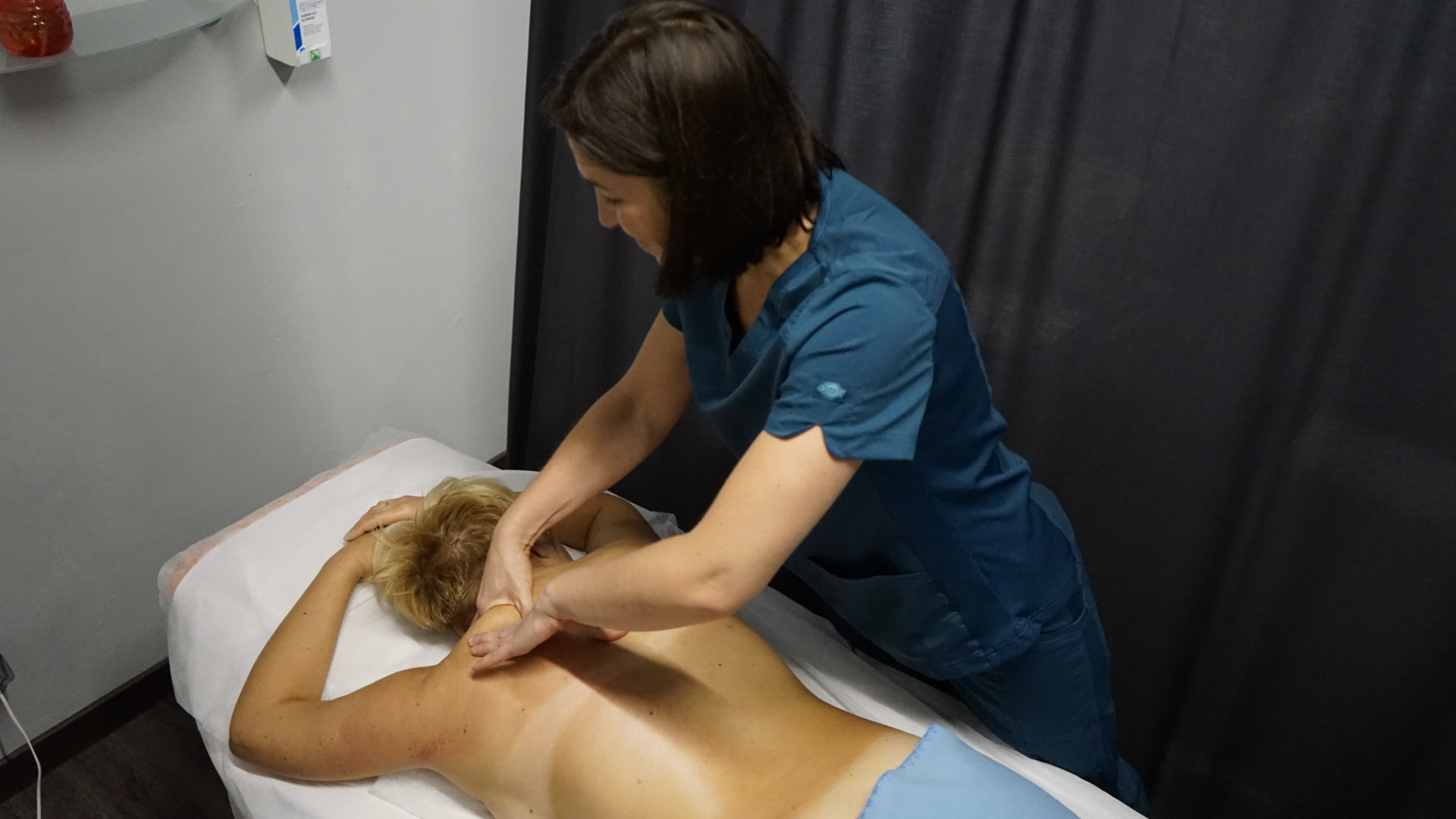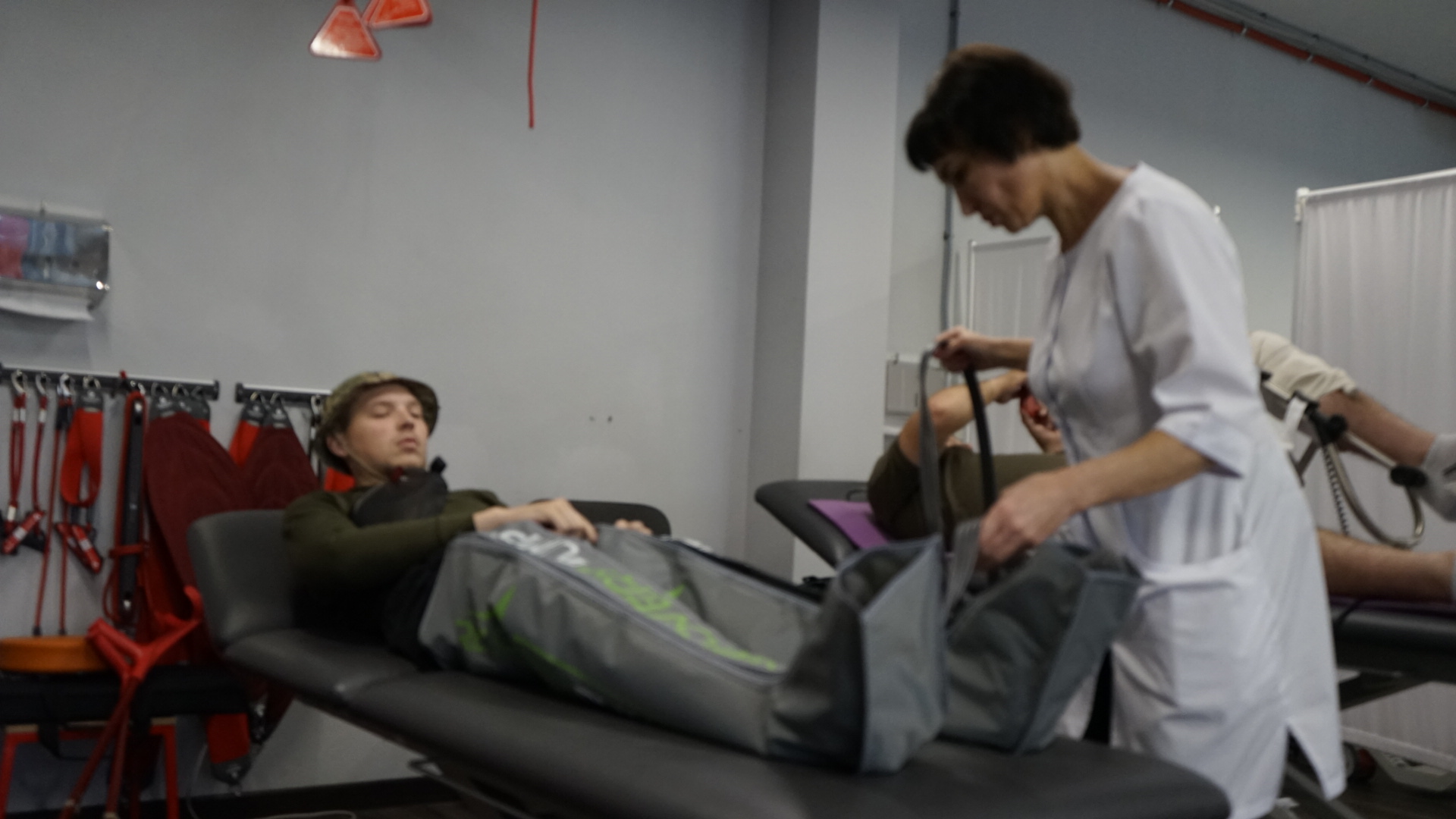Physiotherapy procedures

4.1 out of 5 stars (based on 8 reviews)
Consultation with a physiotherapist
Basic information: Diagnostics by a physical therapist is carried out additionally after consultation with a doctor Assessment of the state ...

0 out of 5 stars (based on 0 reviews)
Laser therapy
Laser treatment involves a pulsed effect on the tissues, as a result of which blood circulation improves, pain sensations disappear, ...

0 out of 5 stars (based on 0 reviews)
Iontophoresis

0 out of 5 stars (based on 0 reviews)
Cryotherapy
helps in the treatment of diseases and injuries of the musculoskeletal system, spine, inflammatory and metabolic diseases of the joints, ...

0 out of 5 stars (based on 0 reviews)
Kinesiotaping
is a new method used by therapists who have been trained in kinesiotaping by certified kinesiotaping instructors (CKTI).

0 out of 5 stars (based on 0 reviews)
Acupuncture
the treatment method is based on the introduction of special needles into certain areas of the skin (acupuncture points). The ...

0 out of 5 stars (based on 0 reviews)
Electrical stimulation
is used to induce muscle contraction using electrical impulses

0 out of 5 stars (based on 0 reviews)
Massage
Massage is an integral part of any rehabilitation process of spine treatment

4.5 out of 5 stars (based on 2 reviews)
Kinesitherapy using the Neurac method
Diagnostic - testing on simulators allows you to identify weak points in the chain of neuromuscular connections with high accuracy ...

4.7 out of 5 stars (based on 3 reviews)
Pressolymphatic drainage volumetric pneumatic pressing
Presolymphatic drainage consists in creating a variable overpressure, most often on the lower extremities, which are covered with special cuffs. ...

0 out of 5 stars (based on 0 reviews)
Cryotherapy
Presolymphatic drainage consists in creating a variable overpressure, most often on the lower extremities, which are covered with special cuffs. ...


